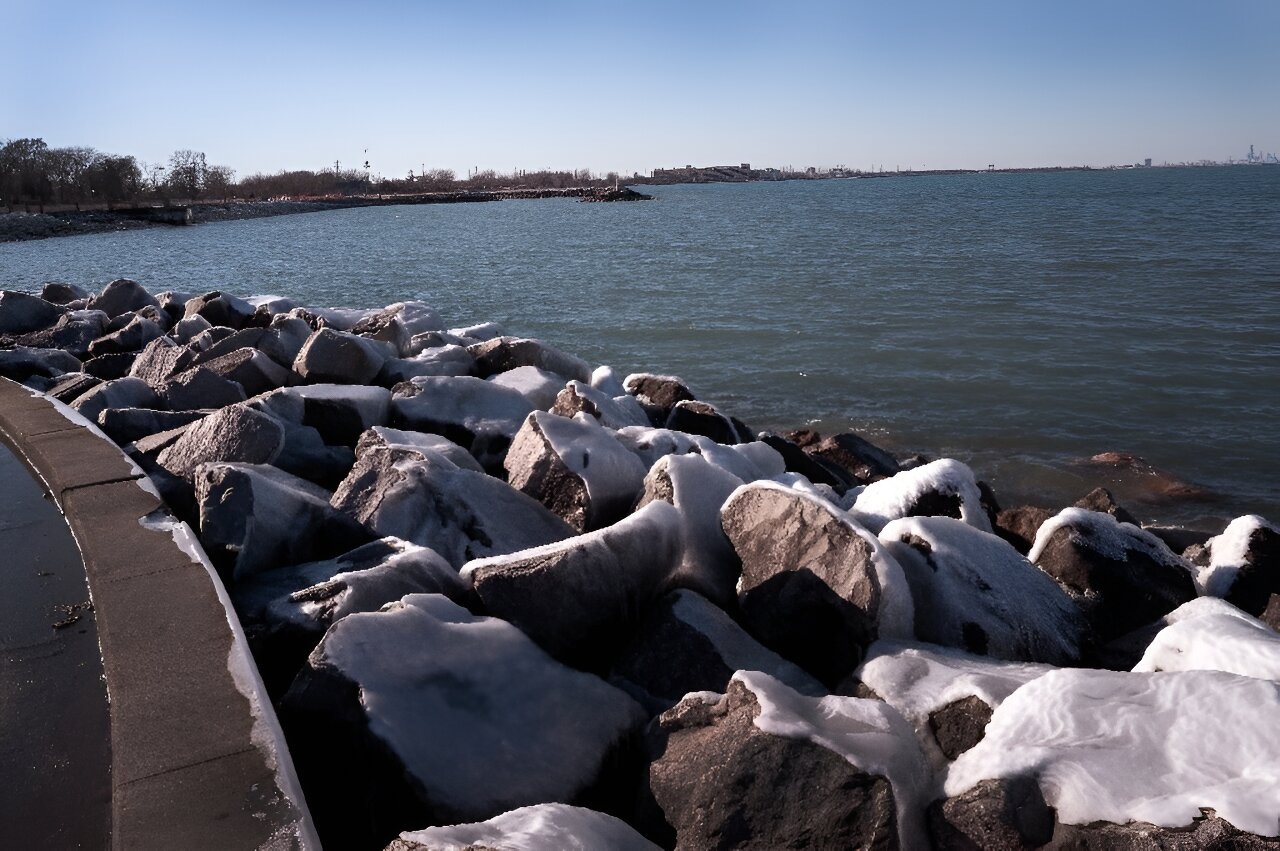
Major cities on the U.S. Atlantic coast are sinking, in some cases as much as 5 millimeters per year – a decline at the ocean’s edge that well outpaces global sea level rise, confirms new research from Virginia Tech and the U.S. Geological Survey.
Particularly hard hit population centers such as New York City and Long Island, Baltimore, and Virginia Beach and Norfolk are seeing areas of rapid “subsidence,” or sinking land, alongside more slowly sinking or relatively stable ground, increasing the risk to roadways, runways, building foundations, rail lines, and pipelines, according to a study published Jan. 2 in the Proceedings of the National Academies of Sciences.
One of the contributing factors is the depletion of groundwater. While the East Coast continues to receive robust rainfall each year, the interlocking aquifers that provide fresh water to millions are starting to empty, causing soil to compact…and metropolitan areas to sink. Collapsing buildings may be the least of our worries, though, should the aquifers fail to produce enough water: It can take hundreds or thousands of years for a depleted aquifer to recharge, as rain water needs to seep through layers of rock in order for an underground reservoir to refill. Overpumping aquifers is a serious concern all over the country, but in the densely populated coastal cities, sea level rise and infrastructure collapse make the threat even more intense than in the heartland, where water gets used mainly for agriculture.
You can read more about this on the NY Times website here.
And you can also take a look at this interactive sea rise level viewer, prepared by the NOAA Office for Coastal Management.

